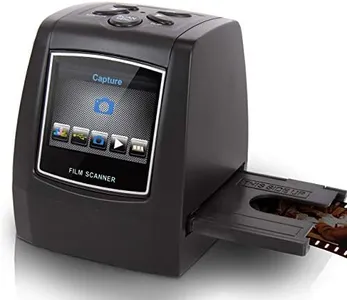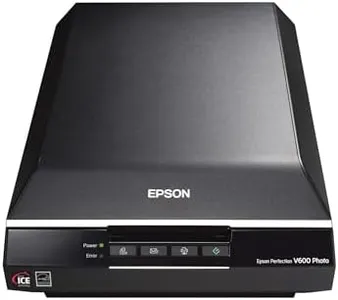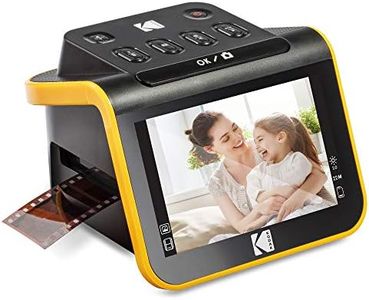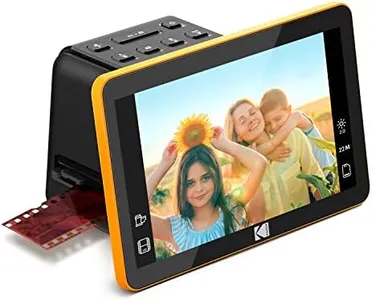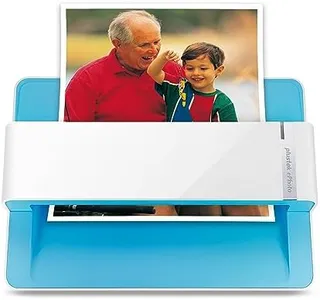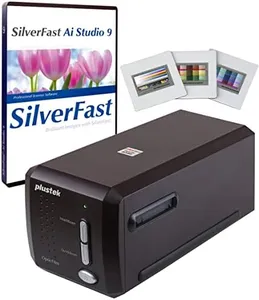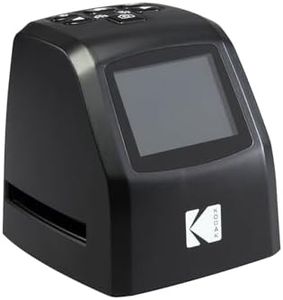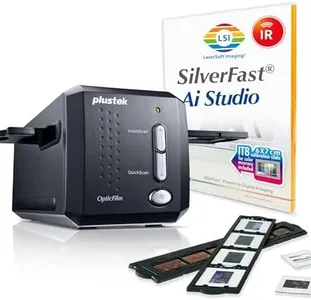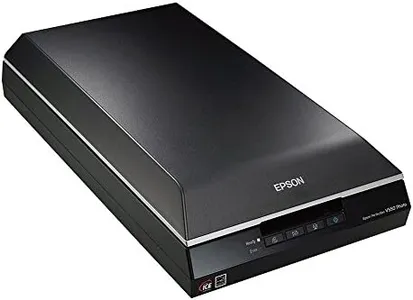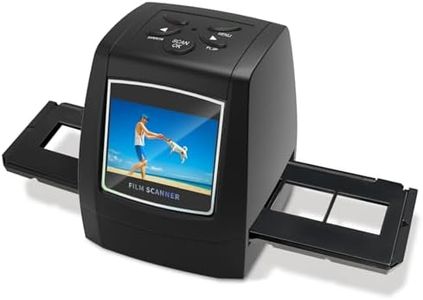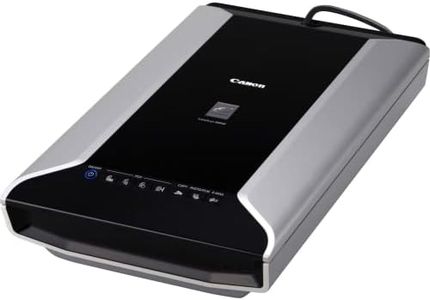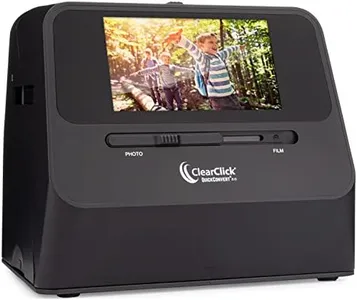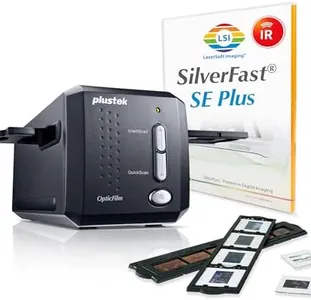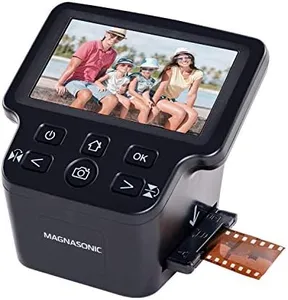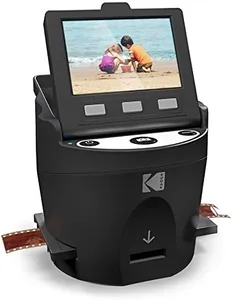We Use CookiesWe use cookies to enhance the security, performance,
functionality and for analytical and promotional activities. By continuing to browse this site you
are agreeing to our privacy policy
10 Best Slide Scanners 2025 in the United States
How do we rank products for you?
Our technology thoroughly searches through the online shopping world, reviewing hundreds of sites. We then process and analyze this information, updating in real-time to bring you the latest top-rated products. This way, you always get the best and most current options available.

Buying Guide for the Best Slide Scanners
When choosing a slide scanner, it's important to consider your specific needs and how you plan to use the device. Slide scanners are used to digitize slides, negatives, and sometimes even film, converting them into digital images that can be stored, edited, and shared easily. The right slide scanner for you will depend on factors such as the volume of slides you need to scan, the quality of the scans you require, and any additional features that might be useful for your particular situation. Here are some key specifications to consider when selecting a slide scanner.ResolutionResolution is measured in dots per inch (DPI) and determines the level of detail and clarity in the scanned images. Higher resolution means more detail, which is important if you plan to print large photos or need high-quality digital images. For general use, a resolution of 2400 DPI is usually sufficient. For professional use or archival purposes, look for scanners with 4000 DPI or higher. Consider your end use: if you need high-quality prints or detailed digital files, opt for higher resolution; for basic digital archiving, a lower resolution may suffice.
Color DepthColor depth, measured in bits, indicates the number of colors a scanner can capture. Higher color depth results in more accurate and vibrant colors in the scanned images. Most consumer slide scanners offer 24-bit color depth, which is adequate for everyday use. For professional or archival purposes, a 48-bit color depth is preferable as it captures more color nuances and details. Choose a higher color depth if you need precise color reproduction, especially for professional photography or detailed archival work.
Dynamic RangeDynamic range, often represented as Dmax, measures the scanner's ability to capture the range of light and dark areas in an image. A higher dynamic range means better detail in shadows and highlights. For general use, a dynamic range of 3.0 to 3.5 is typically sufficient. For professional or archival purposes, look for a dynamic range of 4.0 or higher. If you need to capture fine details in both bright and dark areas, opt for a scanner with a higher dynamic range.
Scanning SpeedScanning speed refers to how quickly a scanner can digitize a slide. This is usually measured in seconds per scan. Faster scanning speeds are beneficial if you have a large volume of slides to digitize. For occasional use, scanning speed may not be as critical, but for large projects or professional use, a faster scanner can save significant time. Consider your workload: if you have many slides to scan, prioritize a scanner with a higher scanning speed.
CompatibilityCompatibility refers to the scanner's ability to work with different operating systems and software. Ensure that the slide scanner you choose is compatible with your computer's operating system (Windows, macOS, etc.) and any photo editing software you plan to use. Some scanners come with their own software, which can offer additional features and ease of use. Check the system requirements and software compatibility to ensure a smooth workflow.
Additional FeaturesAdditional features can enhance the functionality and convenience of a slide scanner. These may include automatic dust and scratch removal, batch scanning capabilities, and built-in editing tools. Automatic dust and scratch removal can save time in post-processing, while batch scanning allows you to scan multiple slides at once, increasing efficiency. Built-in editing tools can be useful for quick adjustments. Consider which additional features will be most beneficial for your needs and workflow.
FAQ
Most Popular Categories Right Now
